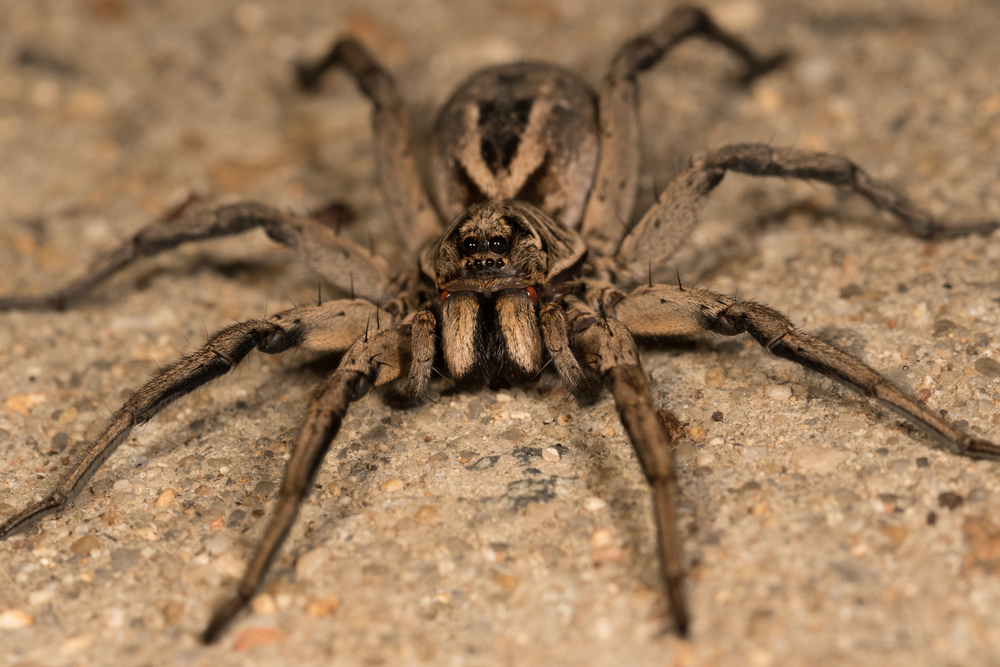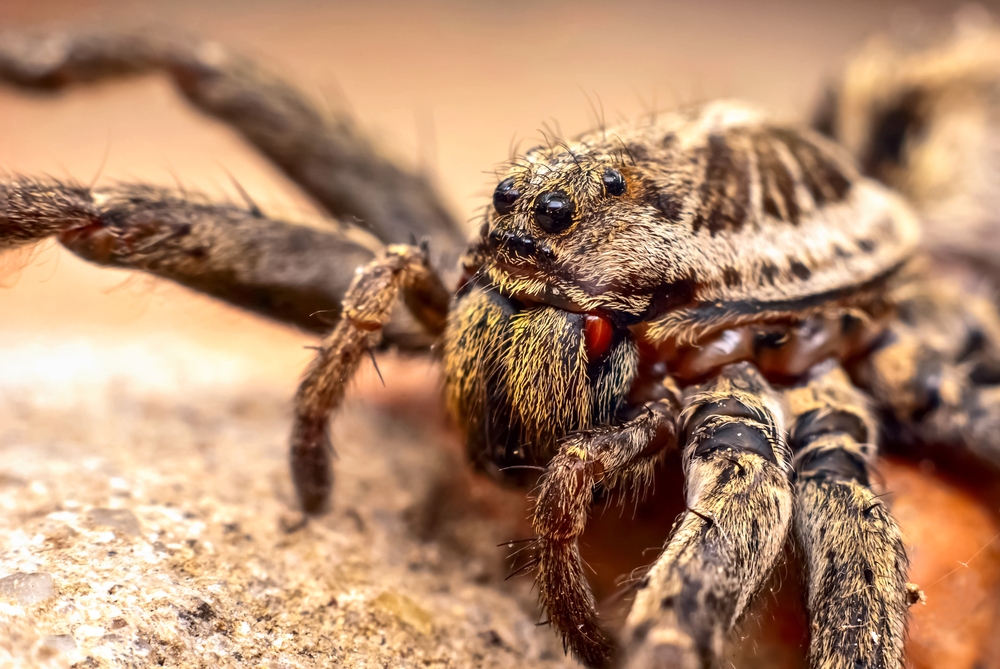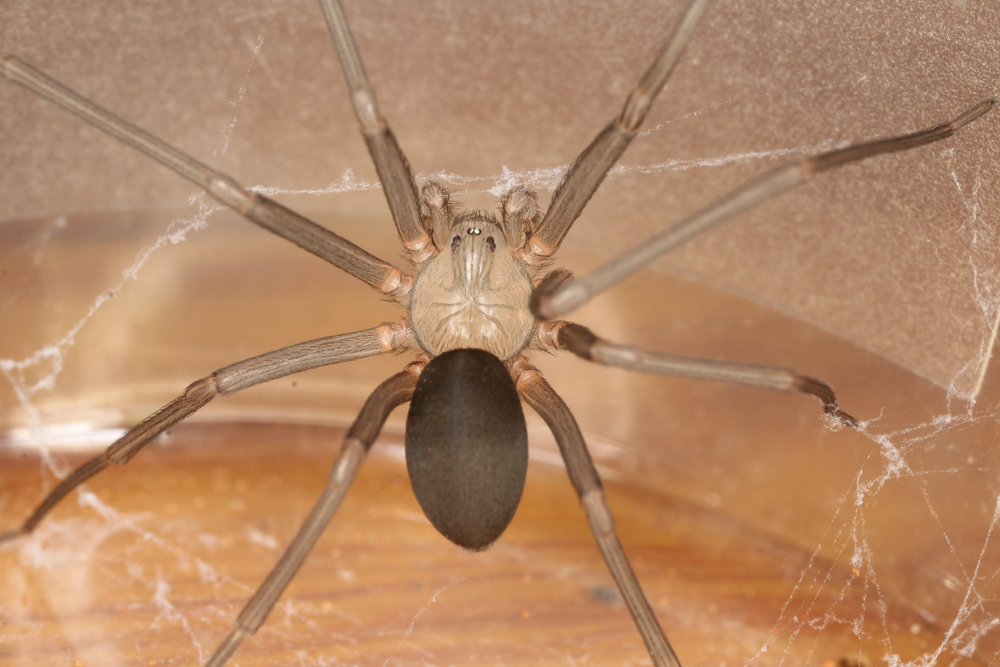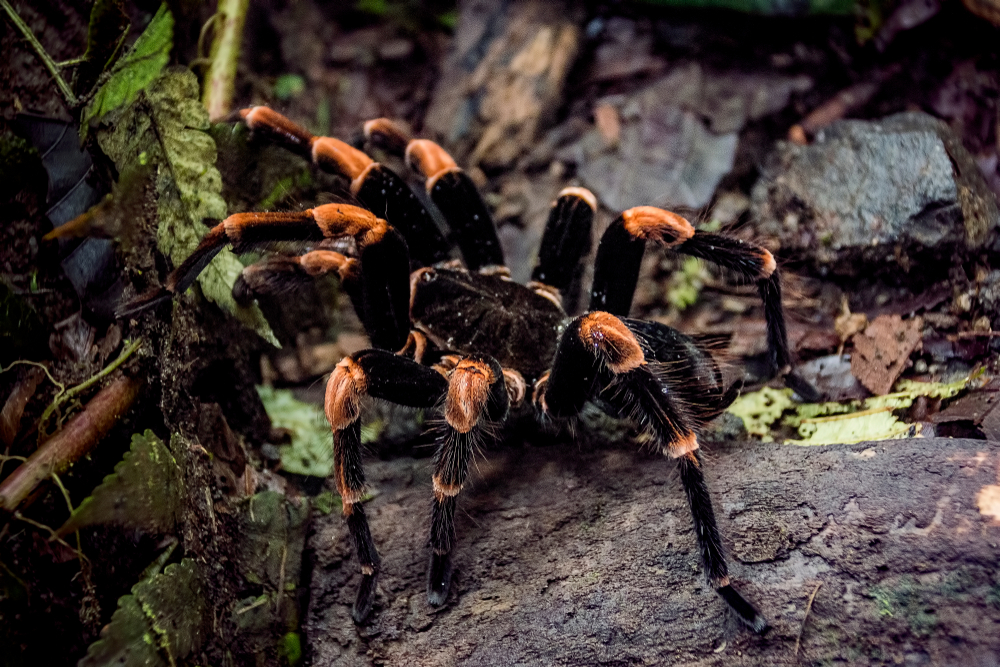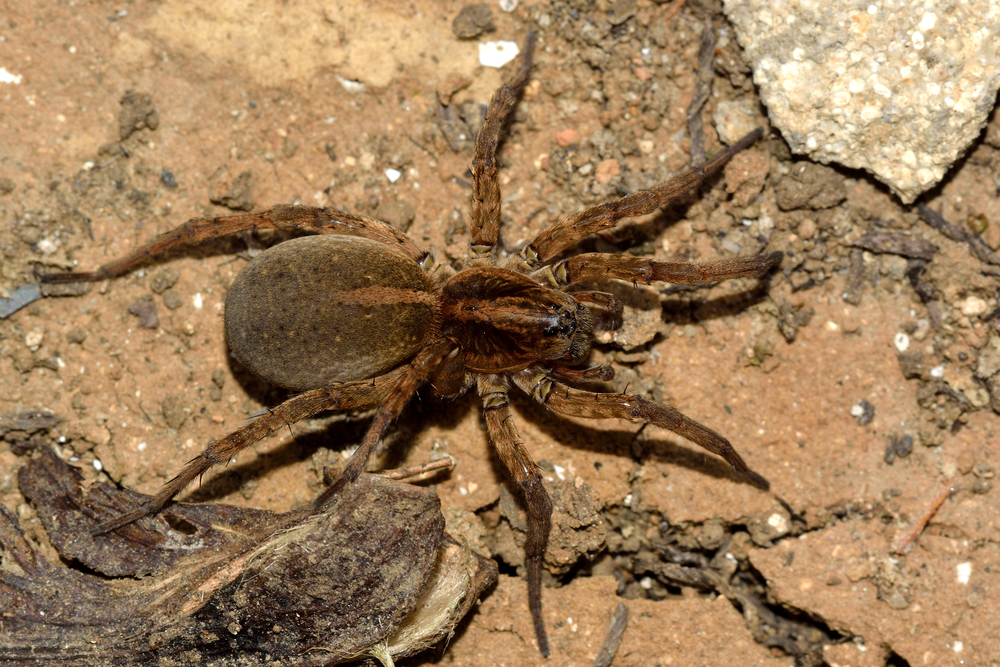Uniqueness
The wolf spider is a fascinating and distinctive member of the arachnid family known for its hunting prowess, unique parenting behavior, and widespread distribution. Here are some key aspects that make the wolf spider unique:
Physical Characteristics: Wolf spiders are medium to large-sized spiders with robust bodies, stout legs, and prominent eyes arranged in three rows. They vary in color and patterning, with most species exhibiting shades of brown, gray, or black, often with contrasting markings or stripes. Unlike many other spiders that build webs to capture prey, wolf spiders are active hunters that rely on speed, agility, and stealth to catch their prey.
Hunting Behavior: Wolf spiders are agile and efficient predators known for their keen senses and hunting prowess. They actively stalk and chase down their prey, which primarily consists of insects, small arthropods, and other spiders. Wolf spiders use their powerful legs to pounce on their prey and inject venom through their fangs to immobilize and digest their prey before consuming it.
Habitat and Distribution: Wolf spiders are found in a wide range of habitats worldwide, including forests, grasslands, deserts, wetlands, and urban areas. They are particularly abundant in temperate and tropical regions and are often encountered in gardens, fields, and around homes. Wolf spiders are adaptable and can thrive in diverse environments, from dense forests to arid deserts, where they play important roles as top predators in their respective ecosystems.
Unique Parenting Behavior: One of the most remarkable aspects of wolf spider behavior is their unique parenting strategy. Unlike most spiders that lay eggs in webs or silk sacs and abandon them, female wolf spiders carry their egg sacs attached to their spinnerets or abdomen until the eggs hatch. The mother wolf spider then carries her spiderlings on her back until they are ready to disperse on their own. This maternal care ensures the survival of the offspring and provides them with protection and nourishment during their early development.
Venom and Defense Mechanisms: While wolf spiders possess venomous fangs used to subdue prey, their venom is generally not considered dangerous to humans. Bites from wolf spiders may cause localized pain, swelling, and redness, similar to a bee or wasp sting, but severe reactions are rare. Wolf spiders are non-aggressive and will typically retreat or flee when threatened, relying on camouflage and quick movements to evade predators.
Ecological Role: Wolf spiders play important roles as predators in terrestrial ecosystems, helping to regulate populations of insects and other arthropods. By controlling pest populations, wolf spiders contribute to ecosystem balance and overall biodiversity. They are also prey for a variety of predators, including birds, reptiles, amphibians, and other spiders, making them integral components of food webs.
Adaptations for Survival: Wolf spiders possess several adaptations that enable them to thrive in diverse habitats and environments. Their excellent vision, acute senses, and agile movements make them effective hunters and escape artists. They also have specialized hairs on their legs and body that help them detect vibrations and navigate their surroundings, as well as camouflage coloration and patterns that provide protection from predators and help them blend into their surroundings.
Role in Human Culture: Wolf spiders have long been subjects of fascination and curiosity in human culture, often portrayed in folklore, literature, and popular media. While some people may fear or dislike spiders, wolf spiders are generally considered harmless and beneficial to humans because of their role in controlling pest populations.
Overall, the wolf spider’s unique combination of hunting behavior, parenting strategy, and ecological significance makes it a fascinating and important member of the arachnid community. Studying and appreciating these remarkable spiders can provide valuable insights into the complexities of predator-prey relationships and the diversity of life on Earth.



































































